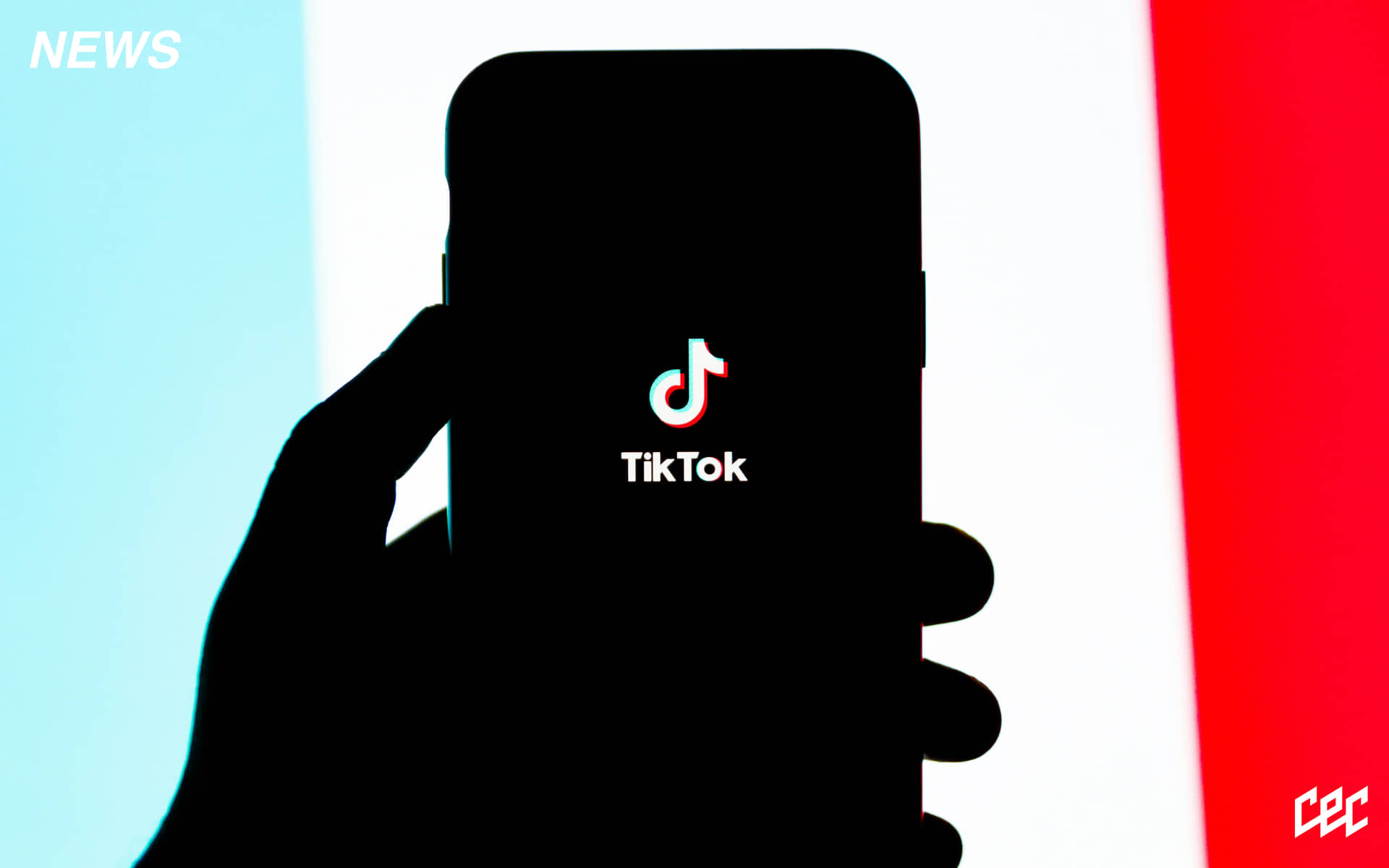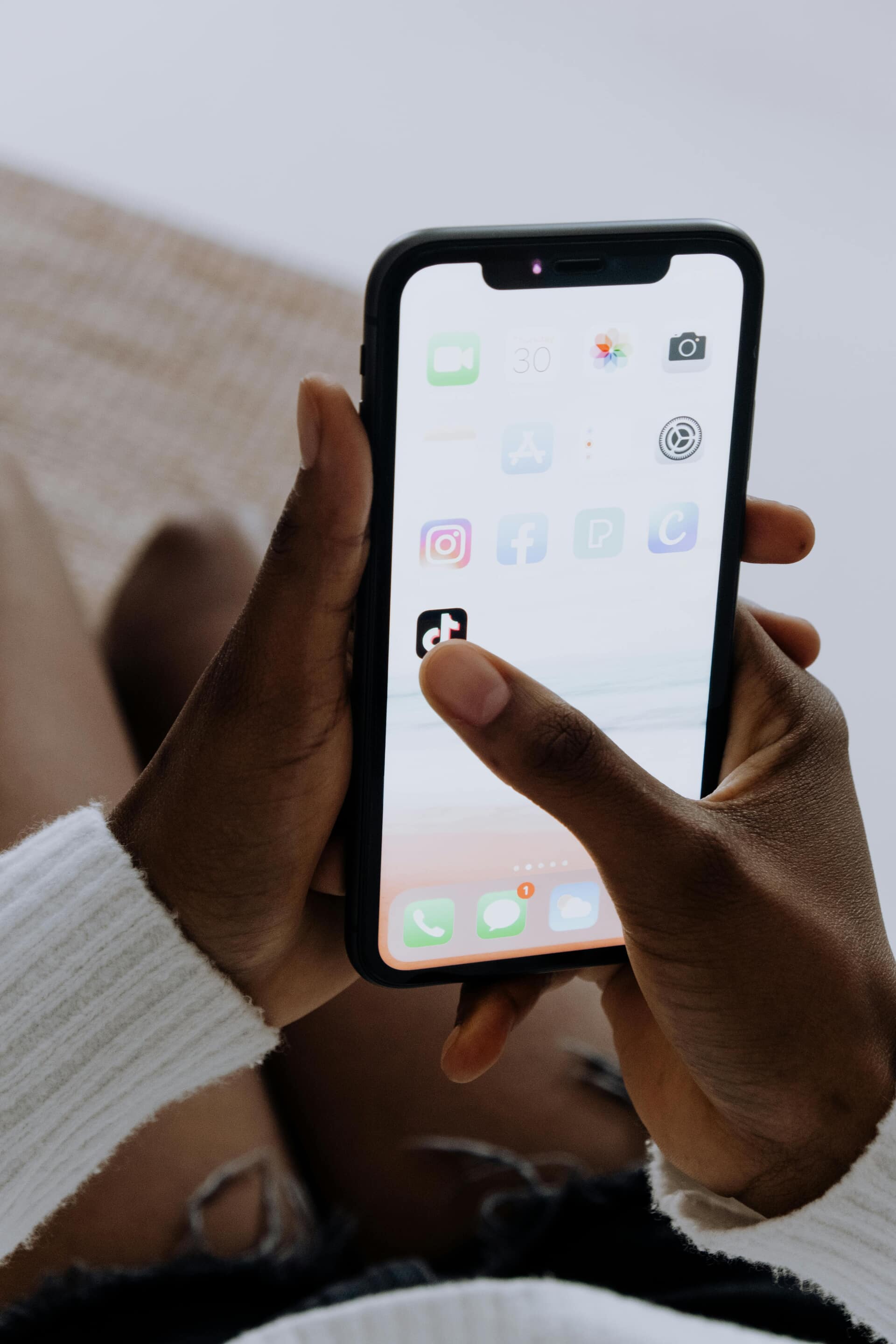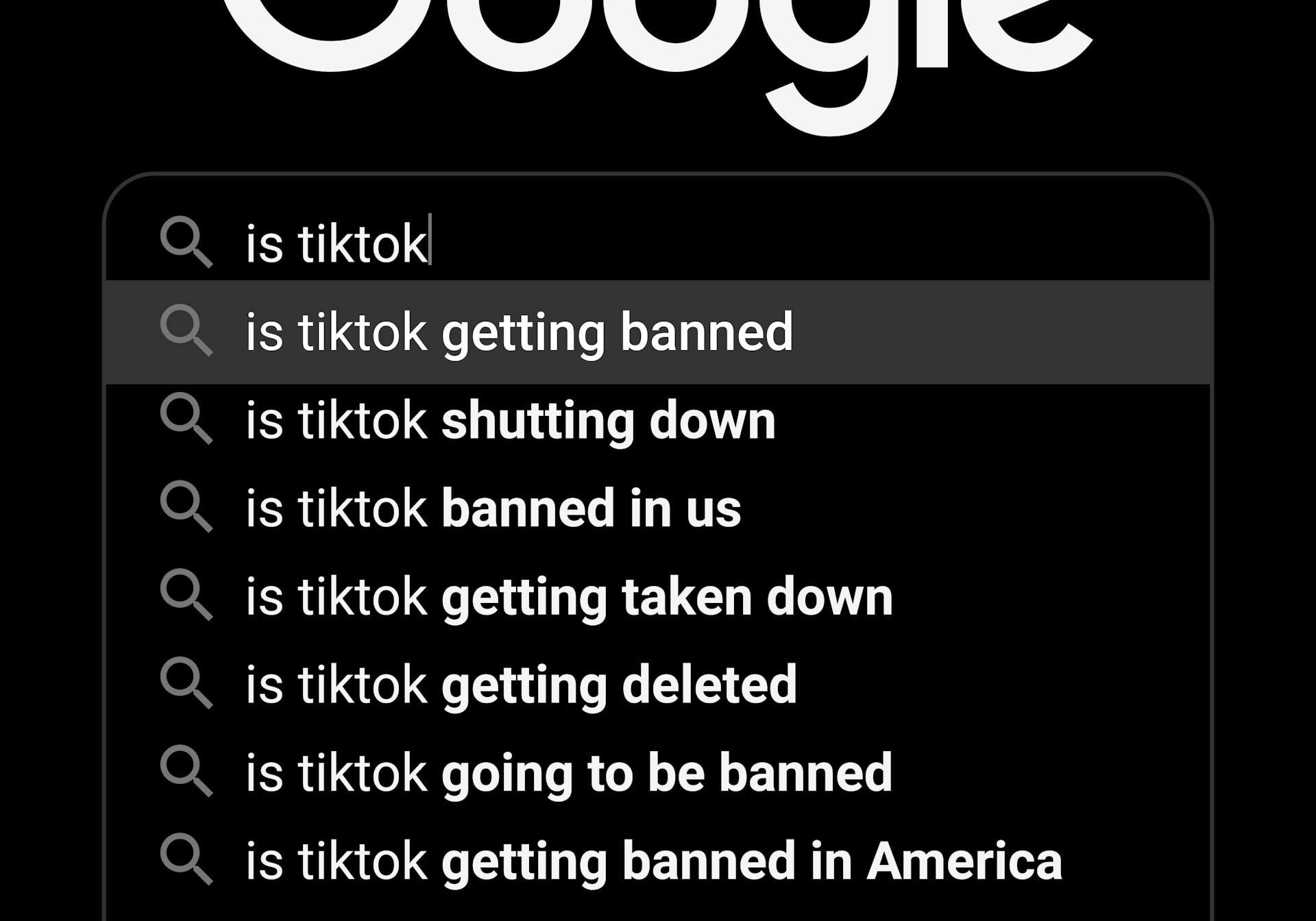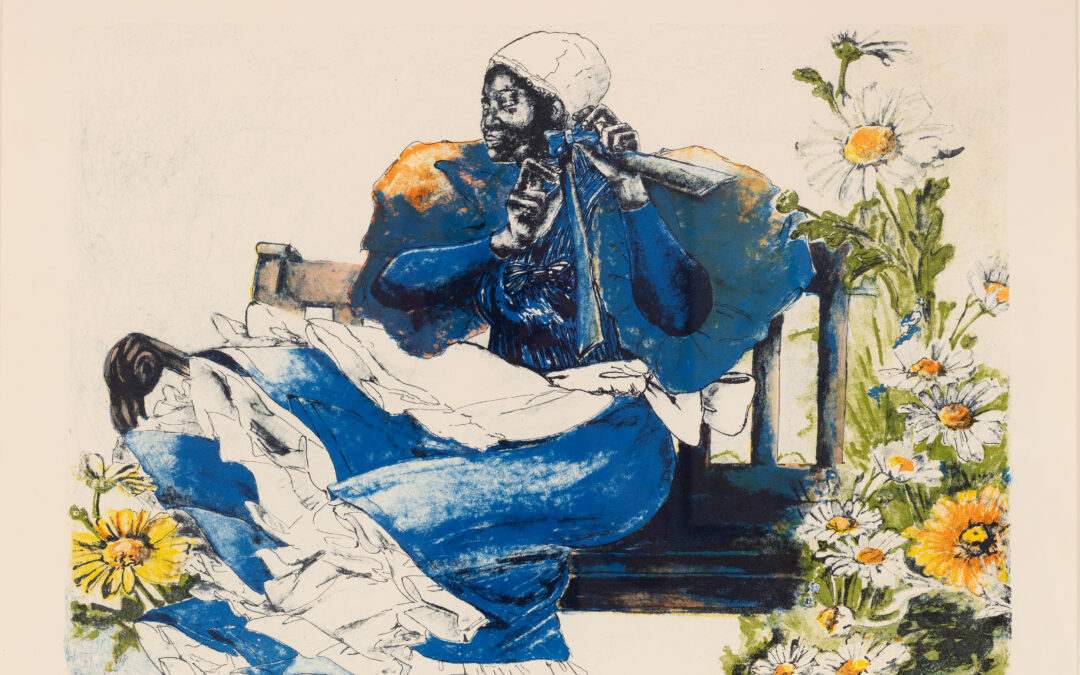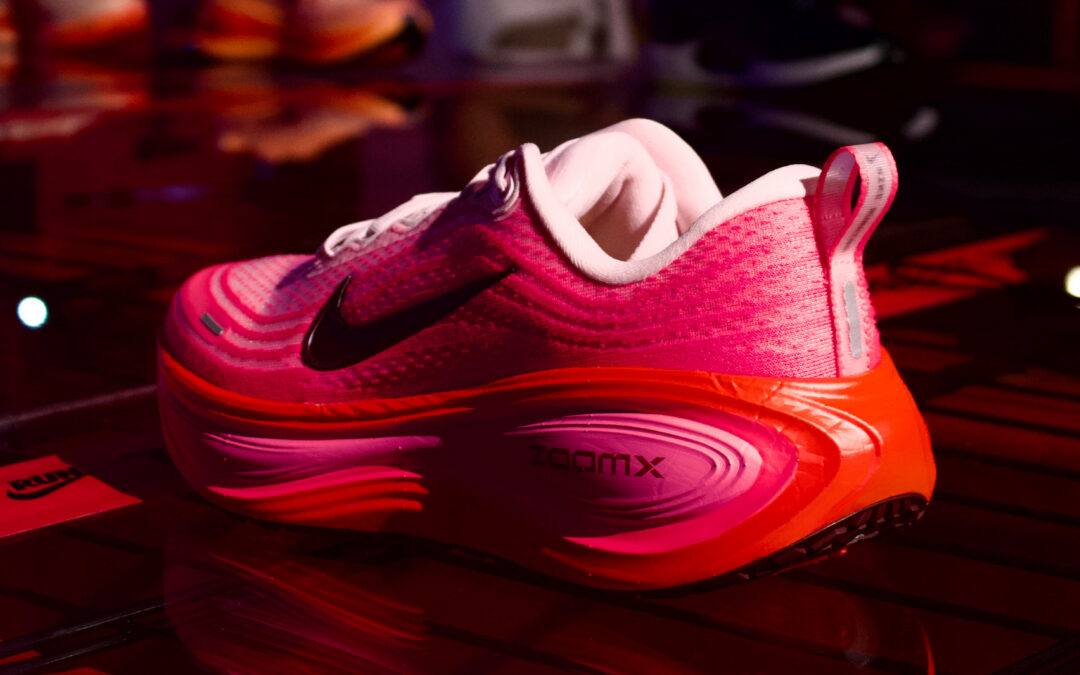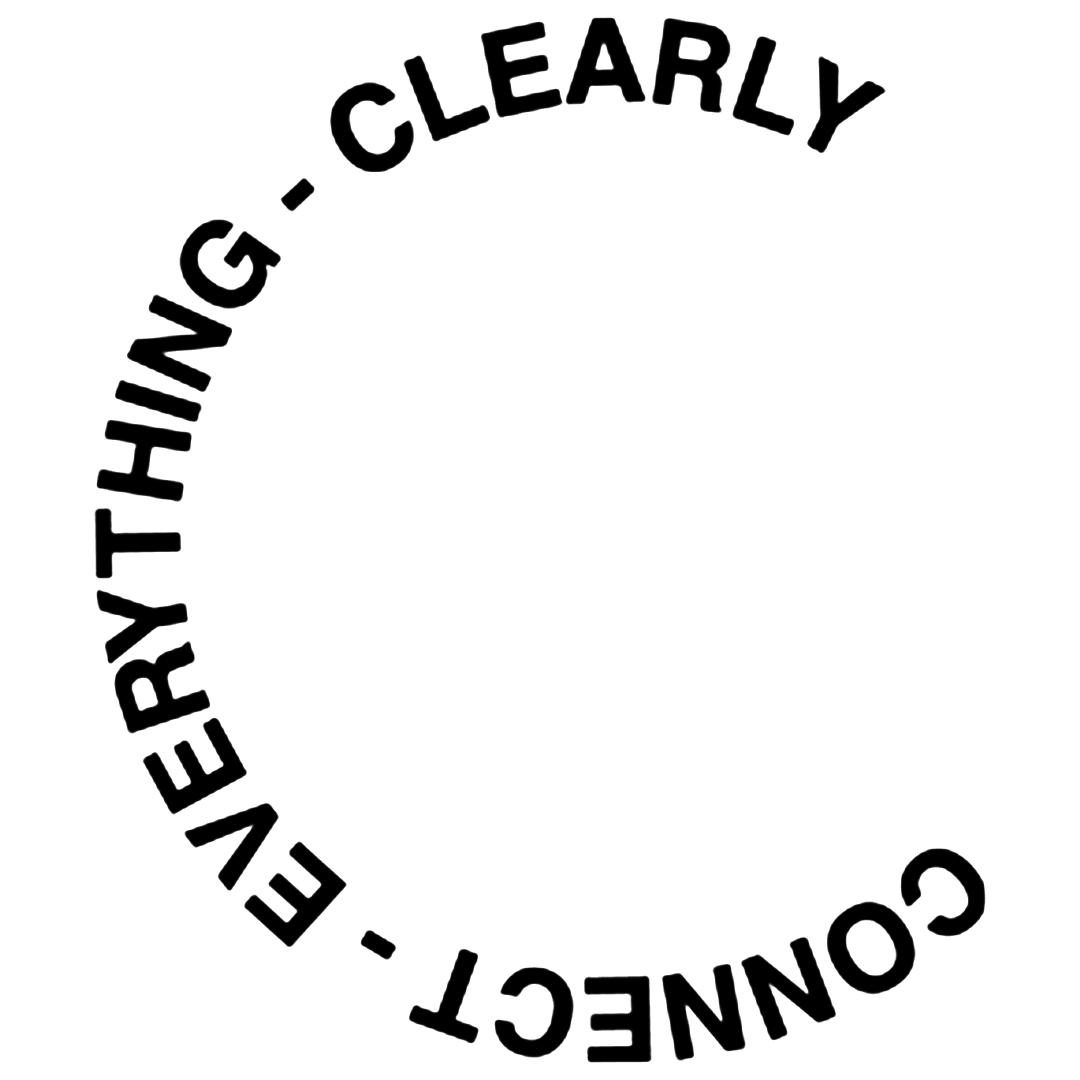If you’re on TikTok, you’ll know it has been a weird couple of weeks for our American counterparts. The social platform is used by 170 million users in the United States — approximately 51.36% of the country’s estimated 331 million population. The short-video format is a home for comedy, education, influencers, crafts and serves as a platform for many brands and businesses. TikTok’s ‘creator fund’ has been an incredibly effective form of economic empowerment for many American users, while also being a refuge of connection for others. The platform has also served as a direct-response site for real-time news by citizens and continuously proliferates ideas and ideologies in the current zeitgeist.
Last year, the U.S. House of Representatives advanced legislation aimed at addressing national security risks they believed were tied to TikTok, as the app is owned by Chinese company ByteDance—however, this narrative oversimplifies the app’s ownership structure, as ByteDance actually has a variety of shareholders, including significant stakes held by international investors, U.S. firms, and its founder, Zhang Yiming. This nuanced ownership structure complicates the argument that TikTok is solely under Chinese government influence. Notably, China and the U.S. have been locked in a geopolitically tense rivalry since the early 2010s, marked by disputes over trade, technology and the US’ military presence in the Asia-Pacific region.
Image by Cottobro Studios, via Pexels
Imagery courtesy of Unsplash
Lawmakers expressed concerns that TikTok could allow the Chinese government access to sensitive data from American users or be used to influence public discourse. Critics have pointed out that America has some of the least stringent regulations protecting data privacy from its own corporations, and have argued that the focus on TikTok highlights a double standard, emphasising foreign threats while overlooking the lack of comprehensive domestic legislation to safeguard user data against misuse by U.S.-based tech companies.
The proposed legislation, part of broader efforts to regulate foreign-controlled technology, called for TikTok’s U.S. operations to be divested from ByteDance — and ultimately be sold to a US company. Supporters of the move argued it was necessary to protect citizens’ data and limit potential surveillance, while critics also raised questions about free speech and the law’s broader implications.
The legislation leading to the TikTok ban in the United States was signed into law by President Joe Biden on April 24, 2024. This law, known as the ‘Protecting Americans from Foreign Adversary Controlled Applications Act’, required ByteDance, TikTok’s Chinese parent company, to divest its U.S. operations by January 19, 2025.
Yesterday, that day came and went. But— before we get into the weirdness of it all in the last 24 hours— it must be noted that American users took to protesting the ban in a hilarious way; entirely counterproductive to the alleged aims of the US government. Many US app users began downloading “Red Note,” an app *actually* and directly owned by the Chinese Communist Party, in what appeared to be a mix of satire and defiance. Suddenly, cross-cultural exchange began to occur between US users and Chinese users, reaching beyond the tensions of their respective governments, to share differences in their ways of living. Oh, the beautiful and strange irony.
In the lead-up to the ban, little was known about how it would be enforced, fueling speculation about the motivations behind it, with many suspecting a political agenda at play. The app’s CEO, Shou Zi Chew, posted a message over the weekend, expressing his disappointment and emphasising TikTok’s continued commitment to its users. American users, uncertain about the platform’s future, posted their ‘goodbyes,’ sharing emotional farewell videos and reflecting on their time spent on the app. Meanwhile, the rest of us were left imagining an algorithm that, for once, departed from its innate focus on matters in the U.S… and for just twelve hours, this was the case. The app went dark for US users, with seemingly no way to access their accounts.
Then, out of nowhere, the app was restored, with a cryptic message that ‘thanked President Trump’ (thought he was not yet the president at the time of posting), with Tik Tok further elaborating via X that “in agreement with our service providers, TikTok is in the process of restoring service. We thank President Trump for providing the necessary clarity and assurance to our service providers that they will face no penalties providing TikTok to over 170 million Americans and allowing over 7 million small businesses to thrive.”
American users have returned in what BoF termed as “purgatory” — with uncertainty and the eerily feeling that a political negotiation had taken place, presumably in order to bring favour to the Trump presidency among many other things. This situation is further complicated by the apparent financial lobbying from U.S. tech giants, such as Mark Zuckerberg’s Meta and Elon Musk’s X, both of which have long been in competition with TikTok. Many suspect that their lobbying efforts played a significant role in the political drama surrounding TikTok, as these companies would benefit from the removal of a growing rival.
With such a complex web of interests, the return of TikTok to American screens feels more like a brief respite in a larger, ongoing battle for influence and market share in the ever-evolving tech landscape — and this episode leaves us questioning the true motivations behind the TikTok saga, and what it means for the future of global tech regulation in a very fraught and divided world. We’re considering this a developing story.
For more news, visit the Connect Everything Collective homepage www.ceconline.co.za

